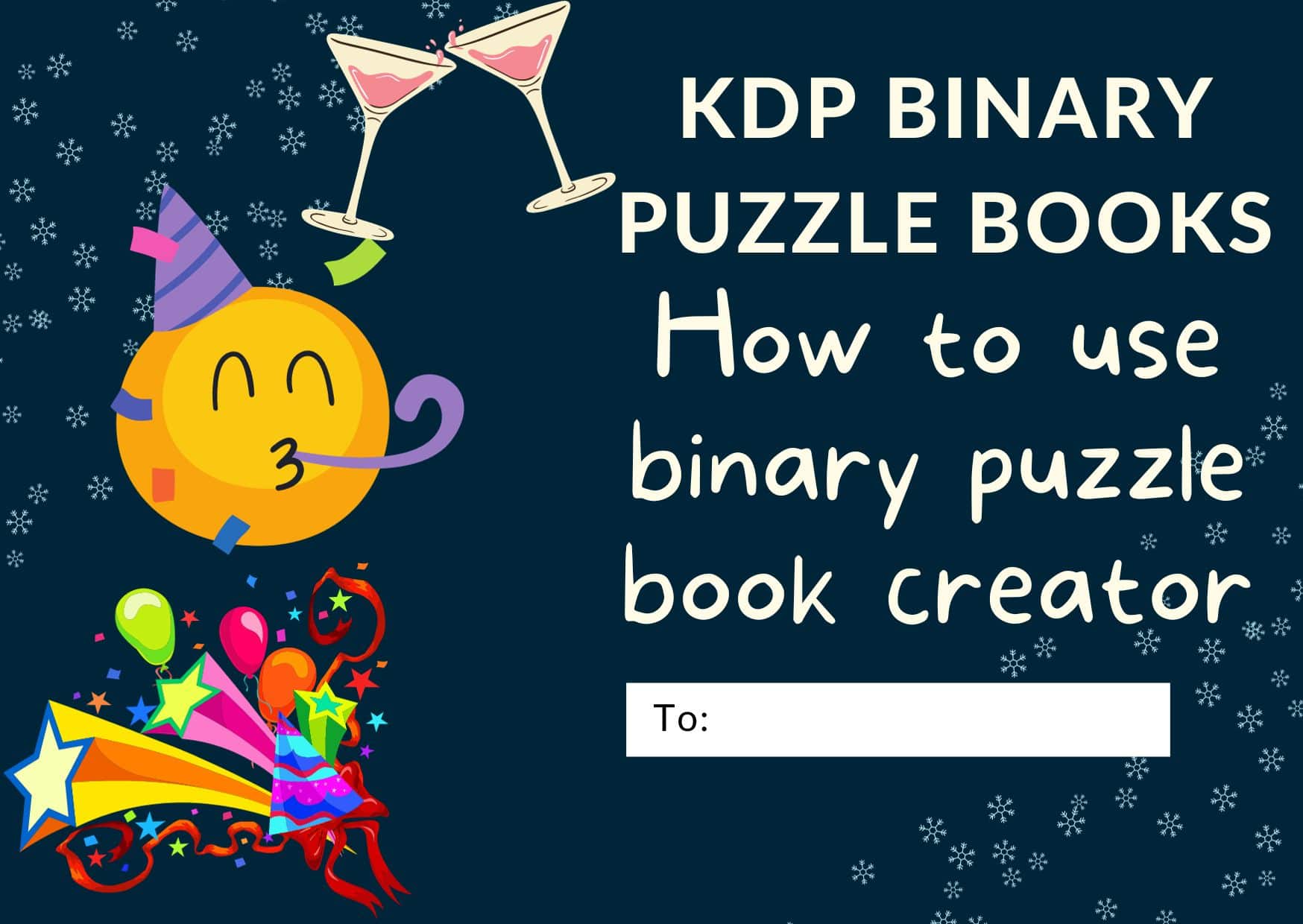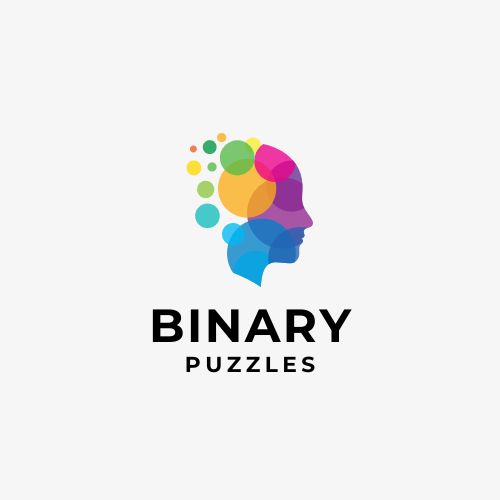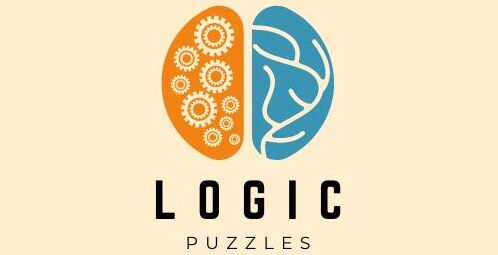Binary KDP puzzle books: how to solve them, rules of engagement, tips and tricks, advanced strategies and how to profit/make money from them
This is a how to article by Saffron
table of contents
- how to solve binary puzzles
- detailed explanation of the rules of binary puzzles
- tips and tricks on how to quickly solve binary puzzles
- advanced strategies for solving binary puzzles
- how to make money with binary puzzle books
Solving binary puzzles involves filling a grid with zeros and ones based on certain rules. Here's a step-by-step guide on how to solve binary puzzles:

Basic Rules:
Here is a detailed explanation of the rules for solving binary puzzles:
Grid Structure:
1. Grid Size:
◦Binary puzzles are typically square grids of various sizes, ranging from 6x6 to 14x14 or larger.
2. Cell Division:
◦ The grid is divided into cells, forming rows and columns.
Binary Digits:
3. Zeros and Ones:
◦ The goal is to fill in each cell with either a zero or a one.
Row and Column Constraints:
4. Equal Distribution:
◦ Each row and each column must contain an equal number of zeros and ones.
5. Consecutive Limitation:
◦ No more than two consecutive zeros or ones are allowed in any row or column.
sidenote: binary puzzles are somewhat similar in effect to word search puzzle books on KDP

Step-by-Step binary puzzle Solving Guide:
1. Start with Obvious Moves:
• Begin by identifying cells with obvious solutions, like those surrounded by filled or empty cells.
2. Fill in Clues:
• If there are given clues or numbers in a row or column, use them to help fill in the grid. These numbers indicate the total count of ones or zeros in that row or column.
3. Use Constraint Rules:
• Abide by the rules of no more than two consecutive zeros or ones. Adjust the grid accordingly, considering neighboring cells.
4. Look for Isolated Cells:
• Identify cells that can only be filled with one value due to the placement of neighboring filled cells.
5. Check Row and Column Parity:
• Observe the parity of each row and column (the count of ones). If a row has an even number of ones, ensure that additional ones are added; if it has an odd number, add ones to make it even.
6. Use Pencil Marks:
• Utilize pencil marks to temporarily note potential values for empty cells. This can help in making deductions and eliminating possibilities.
7. Apply Crosshatching:
• Crosshatch by scanning rows and columns to identify cells where a value is already determined based on neighboring filled cells.
8. Iterate and Refine:
• Make moves based on deductions and then reassess the grid for new possibilities. Iterate through the puzzle, refining your moves as you progress.
9. Check for Contradictions:
• Regularly check for contradictions. If a move violates the rules, revisit your deductions and correct any errors.
10. Symmetry Consideration:
• If the printable puzzle exhibits symmetry, use it to your advantage. Filling one side may provide insights into the other.
11. Advanced Strategies:
• As you become more familiar with binary puzzles, consider advanced strategies like XOR techniques and subset elimination.
12. Patience and Practice:
• Binary puzzles may require patience and practice. The more puzzles you solve, the better you'll become at recognizing patterns and making deductions efficiently.
By following these steps and incorporating logical reasoning, you can successfully solve binary puzzles. With practice, you'll develop strategies that suit your solving style.

Advanced strategies for solving binary puzzles
Binary puzzles can become more challenging as they increase in complexity, requiring advanced strategies for efficient solving. Here are some advanced techniques to tackle more intricate binary puzzles:
1. Pencil Marks and Crosshatching:
◦ Utilize pencil marks to identify potential values in empty cells. Crosshatching involves scanning rows and columns to eliminate possibilities based on filled cells, reducing potential options.
2. Advanced Pencil Marks - XOR Technique:
◦ Employ the XOR technique to deduce possible values. If two cells in a row or column have the same value, the third cell must have the opposite value. This logical operation can help in making more refined deductions.
3. Isolation Technique:
◦ Identify isolated cells that can only be filled with one value based on the given numbers in the same row or column. This technique is particularly useful when a number has limited space to expand in a specific direction.
4. Row and Column Parity:
◦ Consider the parity (even or odd) of the number of ones in each row and column. If a row or column already has an odd number of ones, additional ones must be added to make it even, and vice versa.
5. Subset Elimination:
◦ Identify subsets of cells within a row or column where a particular combination of values is not possible. Eliminate those possibilities to narrow down the potential values for other cells.
6. Symmetry Analysis:
◦ Exploit symmetry within the puzzle to deduce the values of corresponding cells. If a symmetric pattern emerges, the values in symmetrical cells must be the same.
7. Advanced Constraint Analysis:
◦ Analyze complex constraints within the puzzle, such as a sequence of alternating values or specific arrangements. This requires a deeper understanding of the relationships between cells.
8. Advanced Isolation Technique:
◦ Extend the isolation technique to identify groups of cells with limited possibilities, taking into account the interaction of neighboring regions and numbers.
9. Forcing Chains:
◦ Employ forcing chains, a technique where you consider the consequences of making a specific move. By exploring different hypothetical scenarios, you can deduce the consequences and identify contradictions, leading to more informed decisions.
10. Pattern Recognition:
◦ Develop an ability to recognize recurring patterns within binary puzzles. This comes with experience and can significantly speed up the solving process for certain puzzle configurations.
Remember that advanced puzzle solving strategies may require more time and practice to master. Experiment with these techniques and adapt your approach based on the specific characteristics of each puzzle.

How to make money with binary puzzle books
Our online puzzle book creator streamlines the process of generating puzzle books ready for Kindle Direct Publishing (KDP) in PDF format, with a specific focus on creating binary puzzle books. Here's a step-by-step guide on utilizing the app for this purpose.
To initiate the creation of a puzzle book exclusively featuring binary puzzles:
- Simply click on the binary puzzle type within the app.
- Input the specifics of your puzzle book, specifying the desired number of pages and manuscript dimensions.
- Click the "Generate" button and patiently await the completion of the generation process.
It's crucial not to close the tab during the generation process. If the generation takes an extended duration or encounters an error, initiating the regeneration process is a straightforward solution. Any encountered errors are usually associated with the hosting provider used during the app's development.
Regarding the cost, our puzzle book creator adopts a unique approach by providing a fair and accessible pricing structure. Unlike services that coerce users into monthly or yearly subscriptions, this creator opts for a flat rate for each manuscript.
Upon generating a manuscript, the system furnishes a watermarked preview copy. This feature allows users to assess and test the puzzle book on various platforms to confirm its acceptability. If satisfied with the product, users can then proceed to make a one-time payment of $5 to obtain a full manuscript without watermarks.
The rationale behind this pricing strategy is to offer a reasonable and transparent cost, avoiding recurring fees for users who may still be exploring the full utility of the service. At $5, the fee is considered fair, taking into account the substantial time and potential expenses saved by utilizing this puzzle book creation tool.
"-to your success"